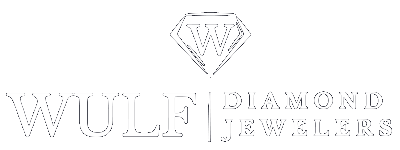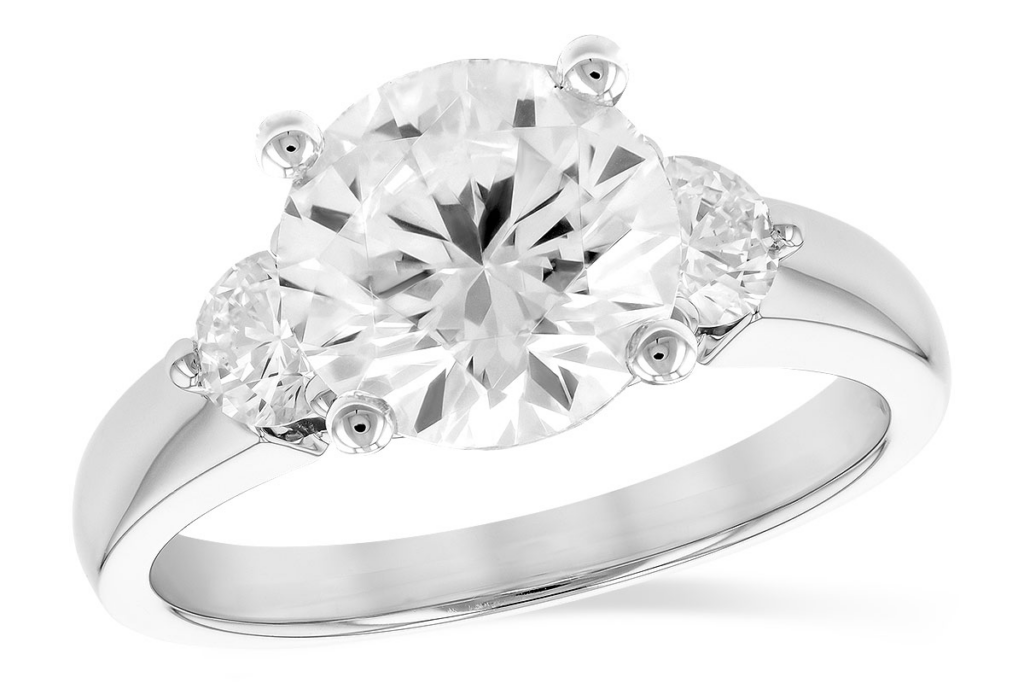In the world of gems, there are some substitutes and stimulants that make a piece of jewelry not real. If you want to expand your knowledge of diamonds, you can also learn a thing or two about fake diamonds.
In the US, there is a high demand for diamonds through the years and has a CAGR of 3% until 2030.
With this, the rarity of the diamonds becomes high as well. And so, there has been a growth of fake diamonds’ availability if people cannot get ahold of real diamonds due to their cost.
Real and Fake Diamonds
Here are some of the information that you should know about diamonds.
Mined Diamond: Naturally-Formed
Natural diamonds or mined diamonds came from the earth’s mantle in extreme pressure and temperature conditions forcing the diamond to the surface of the earth.
Diamonds have been formed billion years ago and it has a 10 hardness rating on the Mohs scale. It is a rare find and therefore costs more, especially when you happen to find a flawless diamond.
Lab-Grown Diamond: Is it real?

Lab-grown diamonds are considered real because they also contain 100% pure carbon. They are identical to natural diamonds when it comes to physical properties as well. A machine lets the diamond seed grow into its mature state.

Because of the growing technology and extensive research, the laboratory has a controlled environment of pressure and temperature that is comparable to the mined diamonds.
Furthermore, the market share of lab-grown diamonds has been increasing over the years and will continue to increase based on the forecast.
Cubic Zirconia and Moissanite: Are they Fake Diamonds?
Cubic Zirconia (CZ) is one of the gemstones tagged as fake diamonds available in the market because its brilliance and fire resemble that of a diamond. It has an 8-8.5 hardness rating on the Mohs scale and is one of the diamond’s imitations.

The CZ’s popularity is due to its cheap price but it scratches easily, thus, losing its brilliance over time.
On the other hand, Moissanite may also look real to an average person’s eyes. It is the hardest among all the imitations with a 9.25 rating on the Mohs scale.

The reason why Moissanite is popular is that its brilliance even exceeds that of diamonds. Comparing diamonds and Moissanites side-by-side, at certain angles, Moissanites has more sparkle
How to detect fake diamonds
You can verify if the diamonds you own or you bought are real. Try these simple tests in the comforts of your home.
- Water Test. Fill a regular-sized drinking glass with a 3/4 full of water. Drop the loose diamond into the water, carefully. Diamonds are known to have high density. And so, real ones would sink to the bottom of the glass
- Fog Test. Breathe on to your diamond to fog it up. A real diamond conducts and dissipates heat easily. And so, the fog will almost be gone right away if your diamond is real.
Avoid Fake Diamonds
Even if it is your first purchase or not, you want to make sure that you avoid buying fake diamonds. You can go to a store with expert jewelers that are reliable to assess a diamond’s quality.
Get in contact with professionals to get your diamond piece with satisfaction and peace of mind.



